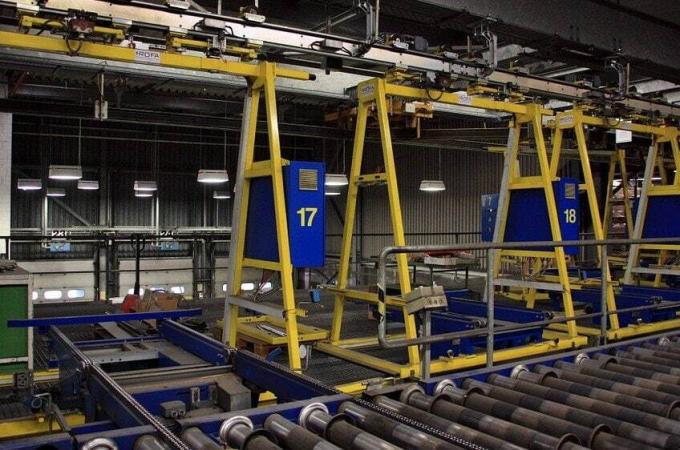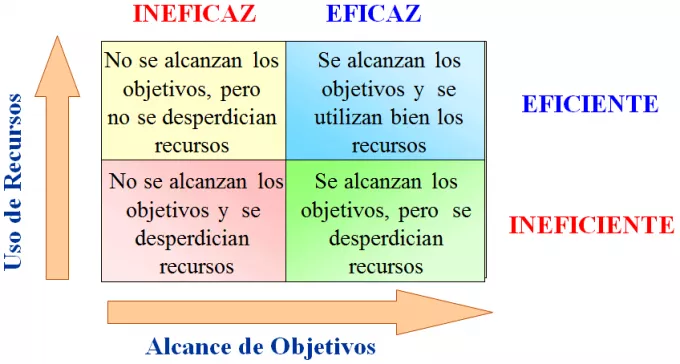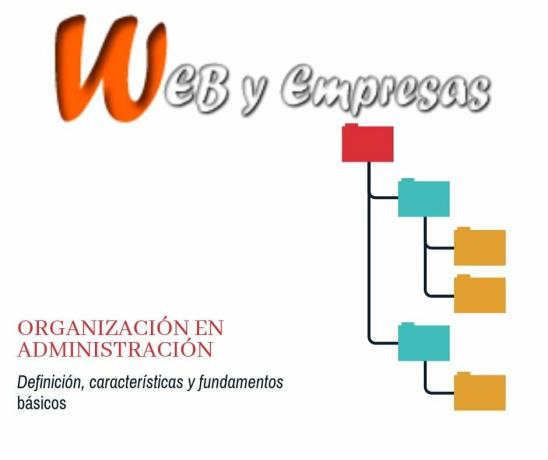The evolution of managerial thinking is known as administrationscientific, thanks to the fact that at the end of the 19th century several authors were interested in investigating the entire problems that industrial companies of the time displayed, essentially due to standardized production and large scale.
In this article you will find:
What is scientific management?
Discipline that consists of applying a mathematical evaluation to the processes of a company, in order to discover the failures produced during the performance of the same and from there outline solutions that optimize the performance of the business.
Advertisements
Taylor, Charles Babbage, H. Robinson Towne and Joseph Wharthon, contributed to launch this new branch of knowledge that united the business sector and scientific research. This discipline, also known as

The forger of scientific management
Frederick W. Taylor, qualified as the father of scientific management, systematically investigated productive operations under the scientific method, through direct observation of the methods used by workers. From this hypotheses arose to develop new and better work procedures, supported by the workers Taylor experimented with his hypothesis and verified productive improvements that were later put into practice in daily work, going through the training.
Advertisements
He founds the scientific labor organization, guided by the quest to eliminate waste of time and money and maintains that the goal of management should be to ensure prosperity for the employer and the employee.
For the employer, the maximum prosperity is not in achieving great benefits, but in the development of the company in all its aspects to achieve prosperity. For the worker, the maximum prosperity is not having high salaries, but achieving personal development to work with quality and efficiency and making use of his abilities.
Advertisements
Taylor's conclusions and principles
After his work, Taylor reached certain conclusions that did not show failures in the management administration of the time, these are:
- There was no effective method of work.
- There were no incentives to motivate the employee.
- The decisions that were made by the managers did not have a scientific basis in support.
- The skills of the worker were ignored when assigning them their respective jobs.
Given this, Taylor developed certain guidelines, on which business activity should be based, known as early Taylor administration and they are:
Advertisements
- Reorganization of work: They must replace inefficient work methods with optimized ones, which reduce production times.
- Employee selection: Evaluate the employee's capabilities before assigning roles and locate each worker based on that ability for which excels, thus improving their professional performance and motivation by feeling satisfied with their work, influencing the productivity of the business.
- Cooperation between managers and subordinates: It is vital that they are coupled, pursued the same goals and act under the same purpose. It is necessary to motivate the employee to work better and feel committed to the mission and vision of the company, in addition to the need to create a line of intermediate positions that supervise and advise the work done.
- Division of labor: To achieve greater effectiveness and efficiency it is necessary that managers take responsibility for the planning and direction, while the workers were dedicated to the execution of actions sprouted by the decisions.
Advantages and disadvantages noted in scientific management
Advantage:
- Generates greater job specialization. Employees at intermediate hierarchical levels, due to their ability, should be oriented to the development of procedures that contribute to the knowledge and growth of efficiency in the operations of job.
- Achieves greater efficiency of each individual. The organization is structured based on the various productive functions carried out within the organization.
- The division of labor is planned so that better results can be obtained.
- Separate manual work from intellectual work.
- There is one boss per area, which reduces the pressure on a single person.
- The economic stimulus as a factor that moves man is reduced, allowing personal development.
Disadvantages:
- It involves some difficulty in locating and setting responsibility, affecting the discipline and morale of employees.
- It violates the principle of unity of command, causing labor conflicts.
- The labor sector, or worker of the lowest levels, is little considered in terms of its capacity for thought, it is seen as an element that receives orders and must execute them.
- Communication is descending and is carried out by orders, there is no possibility of communication ascending, since the employee by elucidation does not have the technical capacity and knowledge to issue opinion.
- It is often confused with authority, and in this way it is given to people with high hierarchy within the organization.
- Participation is nil, the theorists of this school emphasize individuality as the mechanism that best allows organizational efficiency.


